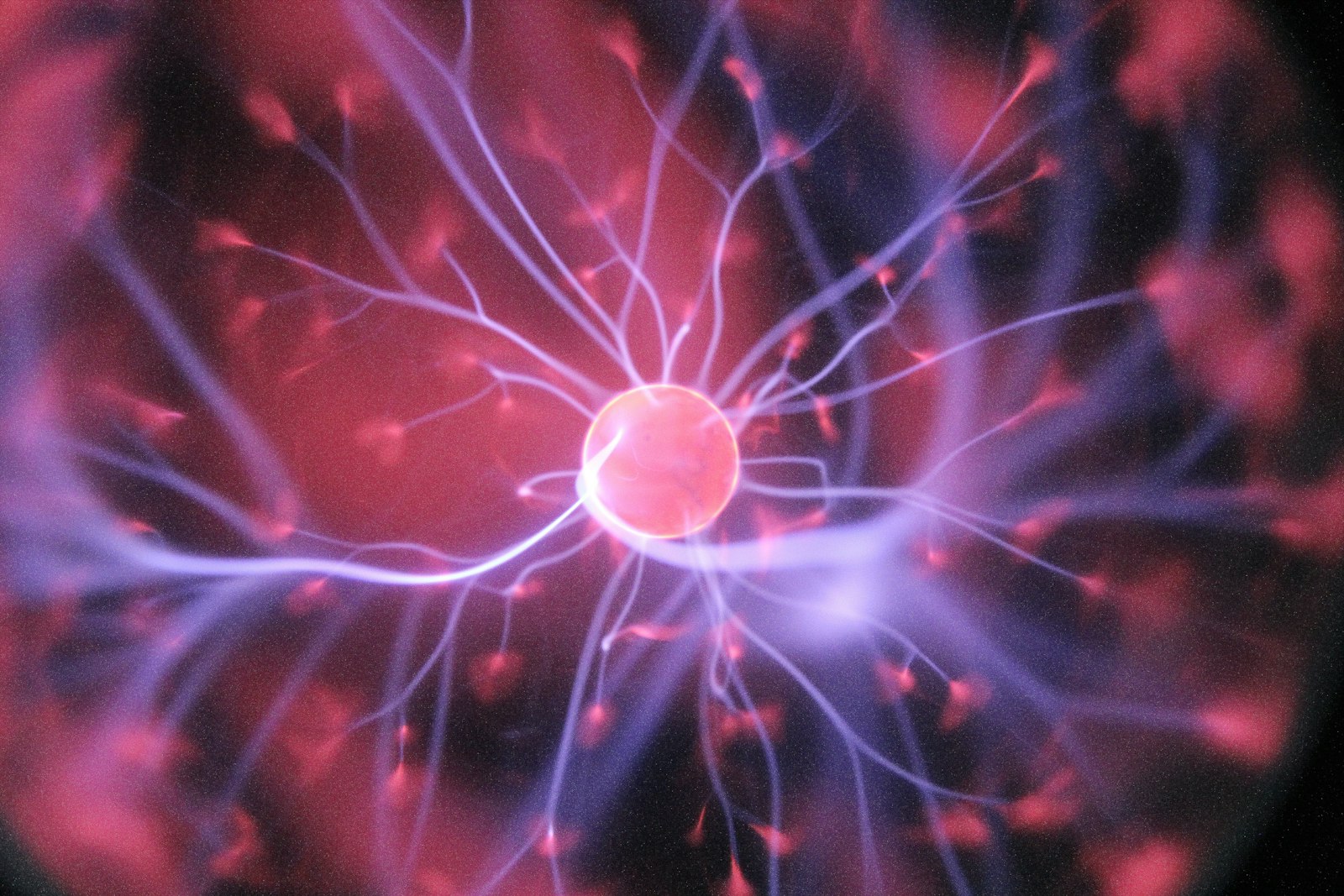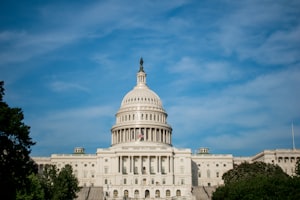The National Science Foundation has announced the creation of six new science and technology centers to advance research and develop transformative technologies that have the potential to produce broad benefits for society in fields ranging from mechanobiology to particle physics to climate change.
The six greenlit centers include:
- Chemical Currencies of a Microbial Planet, which focuses on promoting a better understanding of the chemicals and chemical processes that support ocean ecosystems.
- Integration of Modern Optoelectronic Materials on Demand, which will create new classes of optoelectronic materials.
- Learning the Earth with Artificial Intelligence and Physics, which will increase the accuracy of climate projections through using climate science and data.
- Oldest Ice Exploration, which looks to reshape our current understanding of Earth’s climate systems by recovering and using some of the oldest ice on the planet.
- Science and Technologies for Phosphorus Sustainability, which will accelerate the development of sustainable technologies and practices to recover, reuse, and manage phosphorus.
- Research on Programmable Plant Systems, which looks to increase sustainability, productivity, and profitability in crop-based agriculture.
Started in 1987, the Science and Technology Centers Integrative Partnerships program fosters collaboration between academic institutions, private entities, private laboratories, and other groups around large-scale research projects.
Each newly announced center will be staffed with a team of researchers drawn from institutions such as Brown, Columbia, and Stanford.
NSF announced it will seed the centers with $5 million per year each for the next five years. After this, they may propose an additional five years of funding at a similar level. Centers also may receive outside funding from private or public sources.
The six new centers join four started in 2016 and three started in 2013. Meanwhile, five other centers started in 2010 are sunsetting.
The new centers were announced September 9 and will officially start working October 1, 2021.






